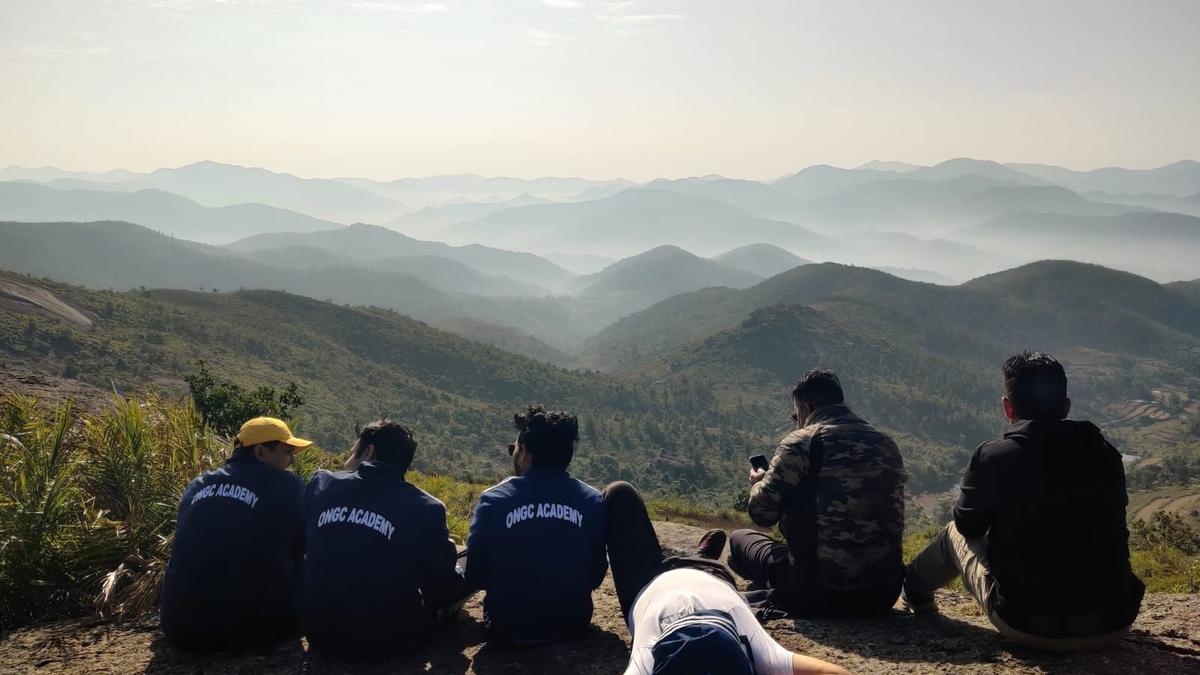The sight of dew droplets dripping down large lotus leaves in the morning enhances the bewitching charm of the Wular lake in the Kashmir Valley these days. Waxy green leaves and pink lotuses now embellish the large surface of the freshwater lake, surrounded by mountains, after a gap of three decades.
“It is the Almighty’s miracle that lotuses are a reality on the lake again. The lake had turned barren more than three decades ago for our own sins. For local farmers, it means more money and happier times ahead this year,” says Bashir Dar, a local fisherman.
Over the years, farming practices and rising population had increased nutrient pollution load and silting into the lake waters, which saw an extraordinary increase in nitrogen, phosphorus, and potassium levels. Lotus, being a deep lake plant, only blooms in water with low phosphorus. Also, with large amounts of silt added to the lakebed, which acts as an absorption basin for floodwaters, the lotus plants could not survive. “Lotus blooming [at present] is the result of ongoing de-siltation carried out after the 2014 floods in Kashmir,” says Khursheed Khan, a teacher.
The lake, once considered among Asia’s largest freshwater lakes, tells a sad story of ecological degradation. According to the Jammu and Kashmir Wildlife Department, the area of the lake was 217.8 sq.km. in 1911 and included 58 sq.km. of associated marshes. However, it was reduced to an alarming 86.71 sq.km. by 2007. The main cause of this shrinkage was conversion into agricultural land, thus reducing the lake area by 28% and its fauna by 17%, an official survey suggests.
In 1992, lotuses in the Wular stopped blooming after floods in the Jhelum river damaged the ecosystem.
At present, the lake is surrounded by 31 villages and home to over 12,000 households. The Wular lake is also home to folklore, with mythology and legends woven around gods and kings of the past.
The local communities are overjoyed by the pink blooms today. Lotuses act as a barometer of the ecological health of the lake. The lotus stems are collected through an arduous exercise as they are considered a delicacy. Traditionally cooked with freshwater fish, the stems are a must-have item at weddings in Kashmir.
(Text by Peerzada Ashiq)
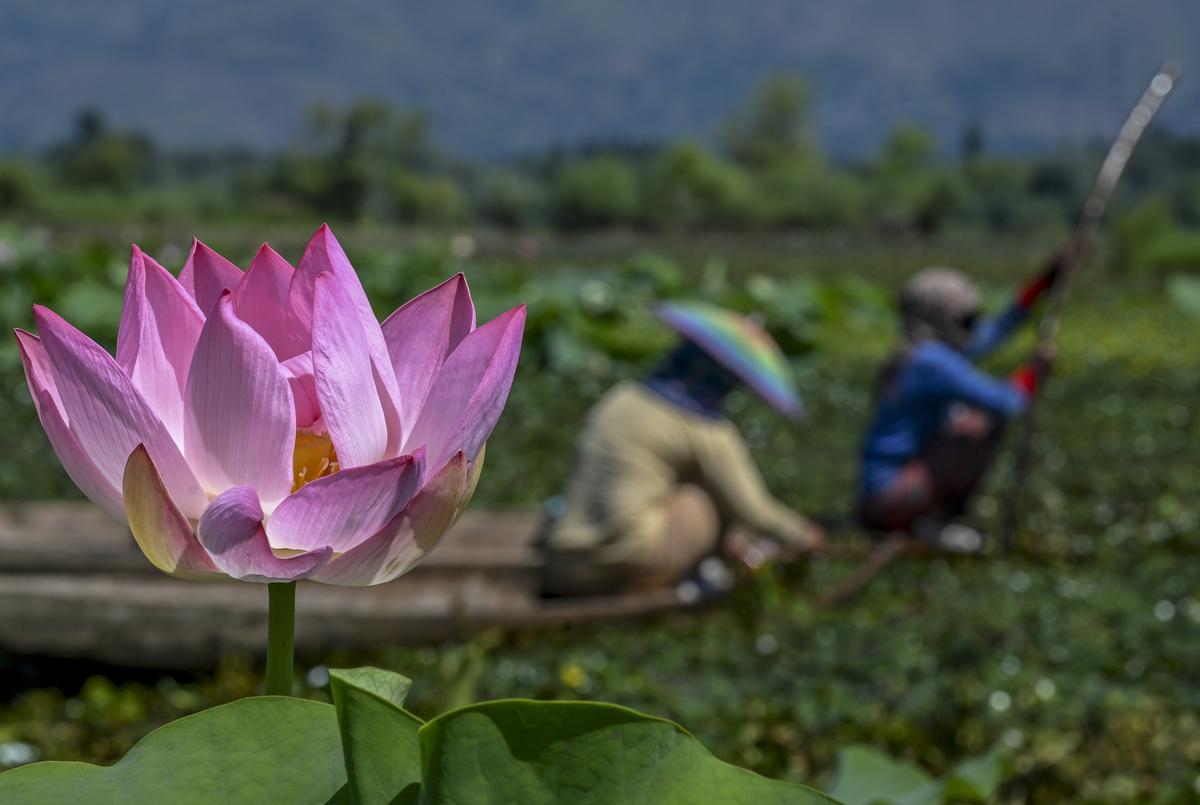
Photo:
Imran Nissar
Wular back in the pink
Rosy picture: A big lotus in full bloom at the Wular lake in Bandipora district. Lotuses have bloomed again in the freshwater lake, one of the largest in the Indian subcontinent, after nearly three decades.
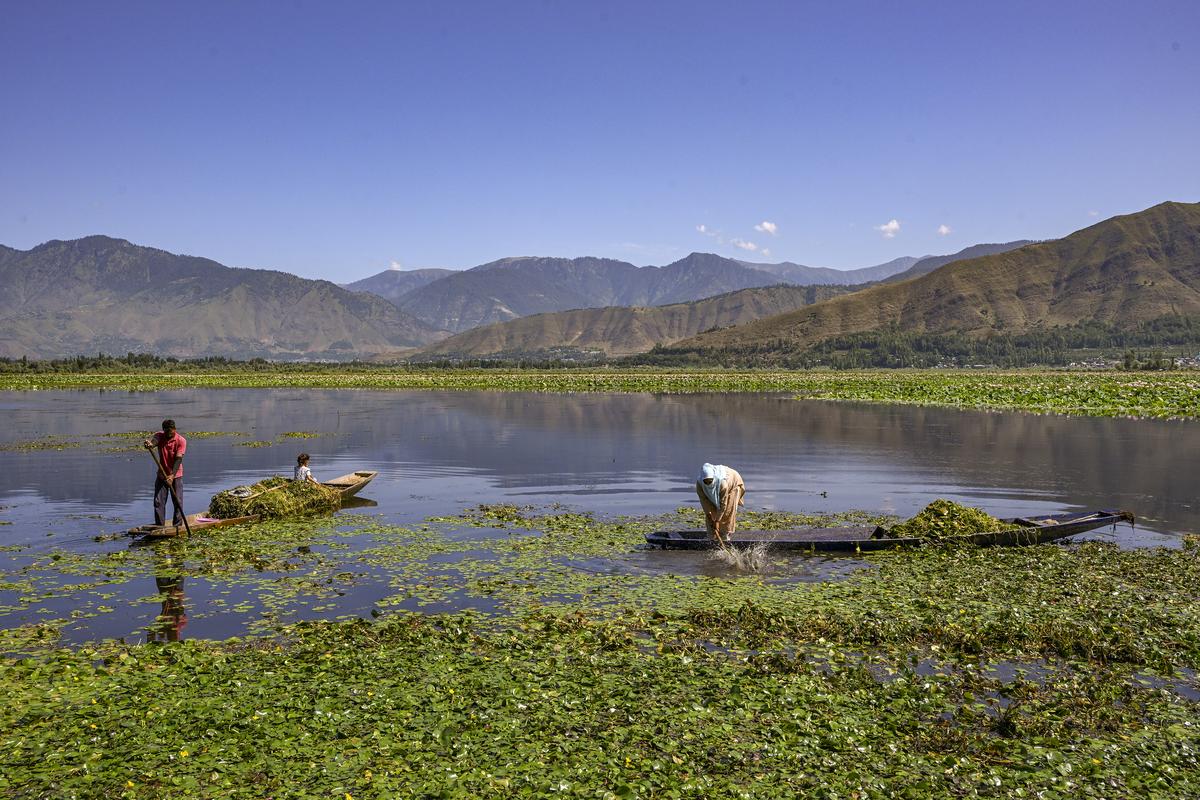
Photo:
Imran Nissar
Nothing goes to waste: People on boats collect the weed growing in the Wular lake, located 60 km from Srinagar, to feed their cattle.
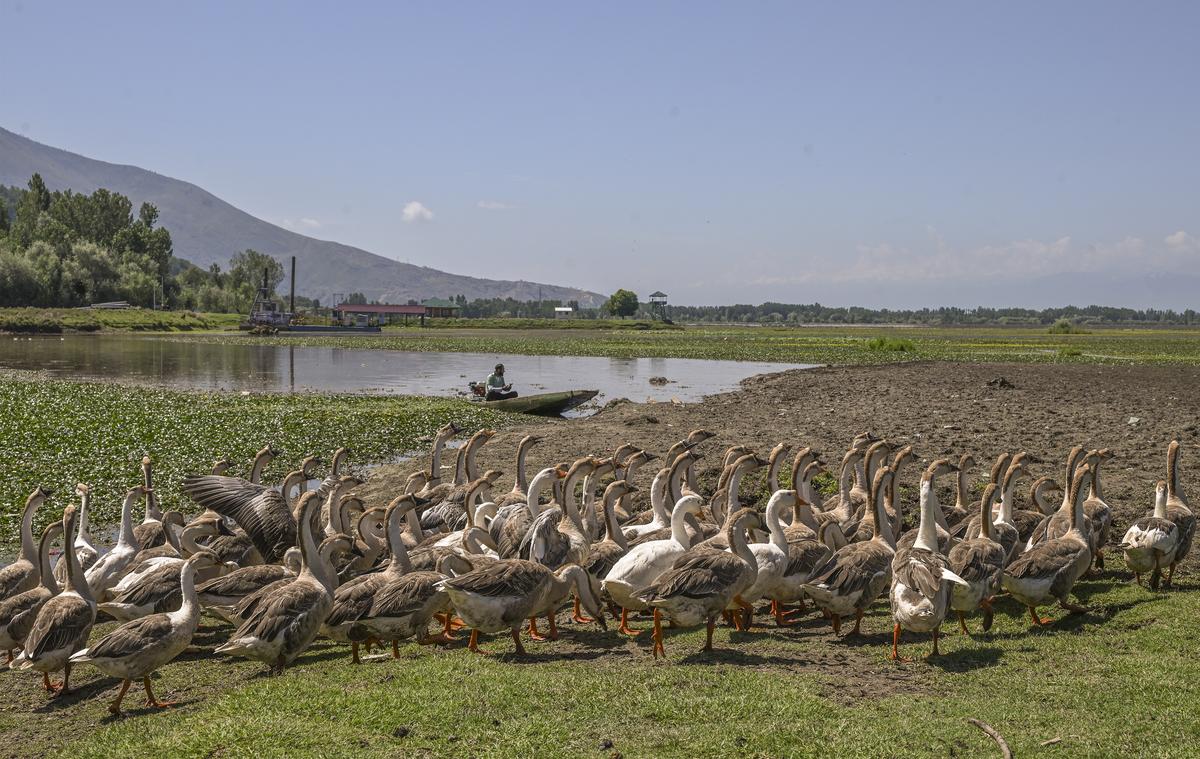
Photo:
Imran Nissar
Walk by the lake: The lake is a crucial habitat along the Central Asian Flyway for migratory geese, ducks, shorebirds, cranes as well as local birds. It attracts 213 waterbird species.

Photo:
Imran Nissar
Season to flourish: The return of the lotus in the lake has sparked hope among communities as it brings economic benefits.
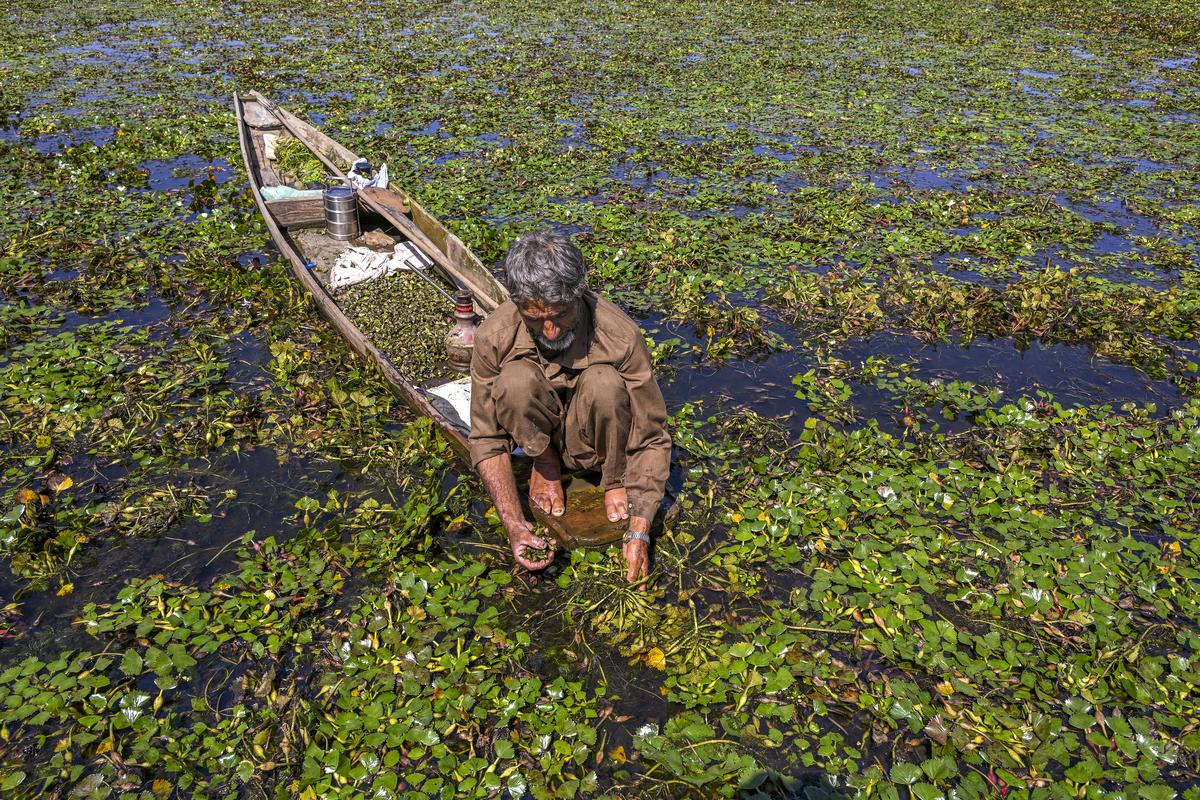
Photo:
Imran Nissar
Means of sustenance: A farmer on his boat harvests water chestnuts. Chestnut collection is one of the many activities that sustains families living close to the lake.
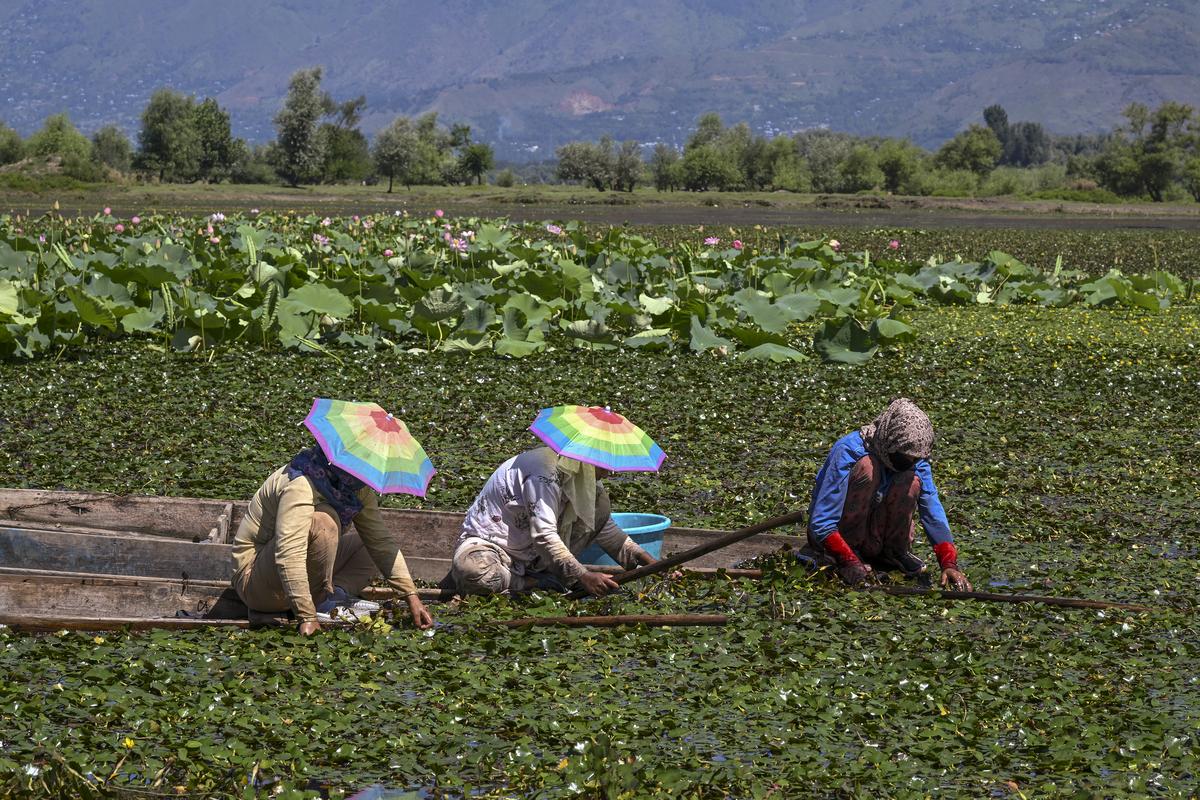
Photo:
Imran Nissar
Lakeside life: Women gathering water chestnuts. Lotus flowers and stems, chestnuts and fish from the lake benefit the local community.
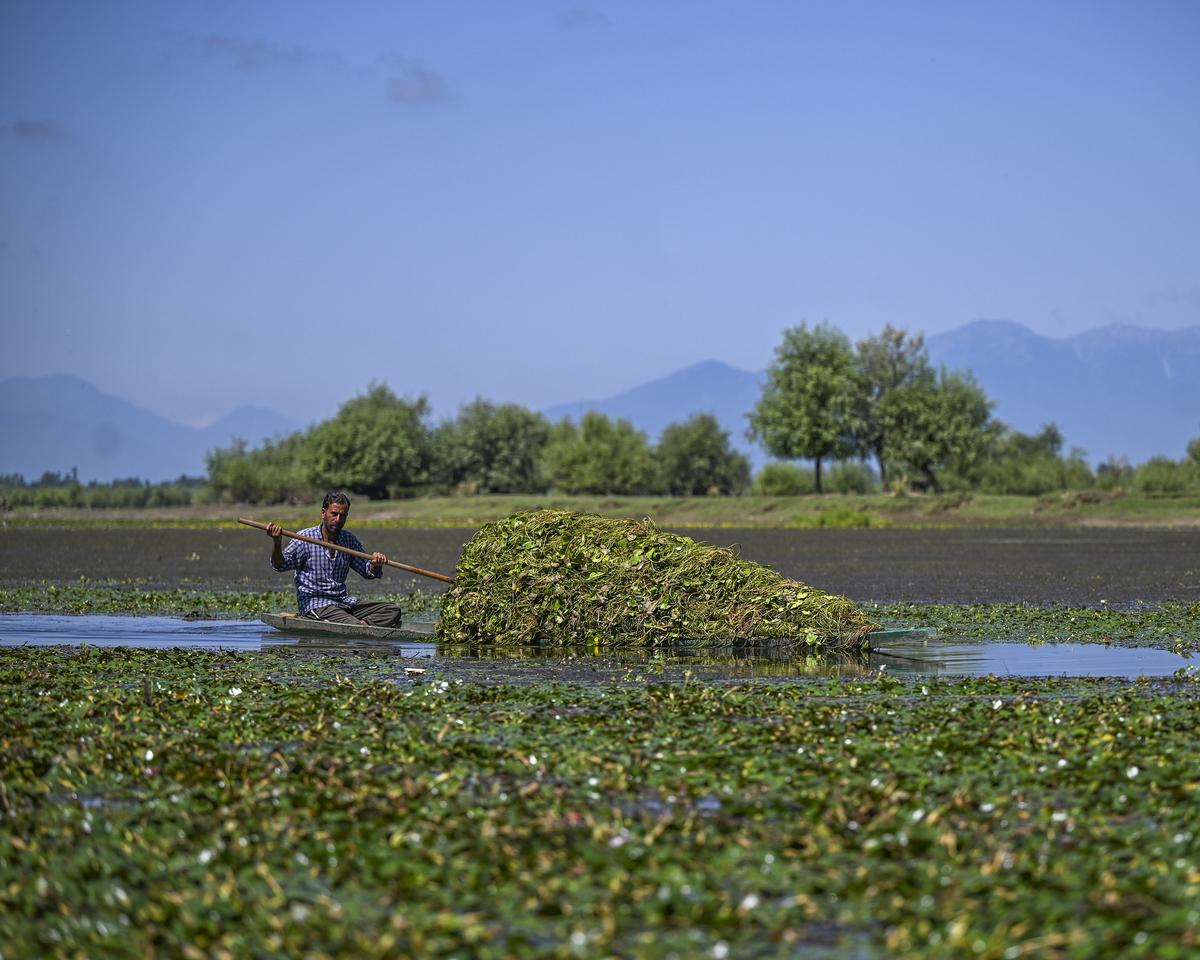
Photo:
Imran Nissar
Heap of feed: A man on a boat transports a pile of weed from the lake. Farmers use the weed as cattle fodder.
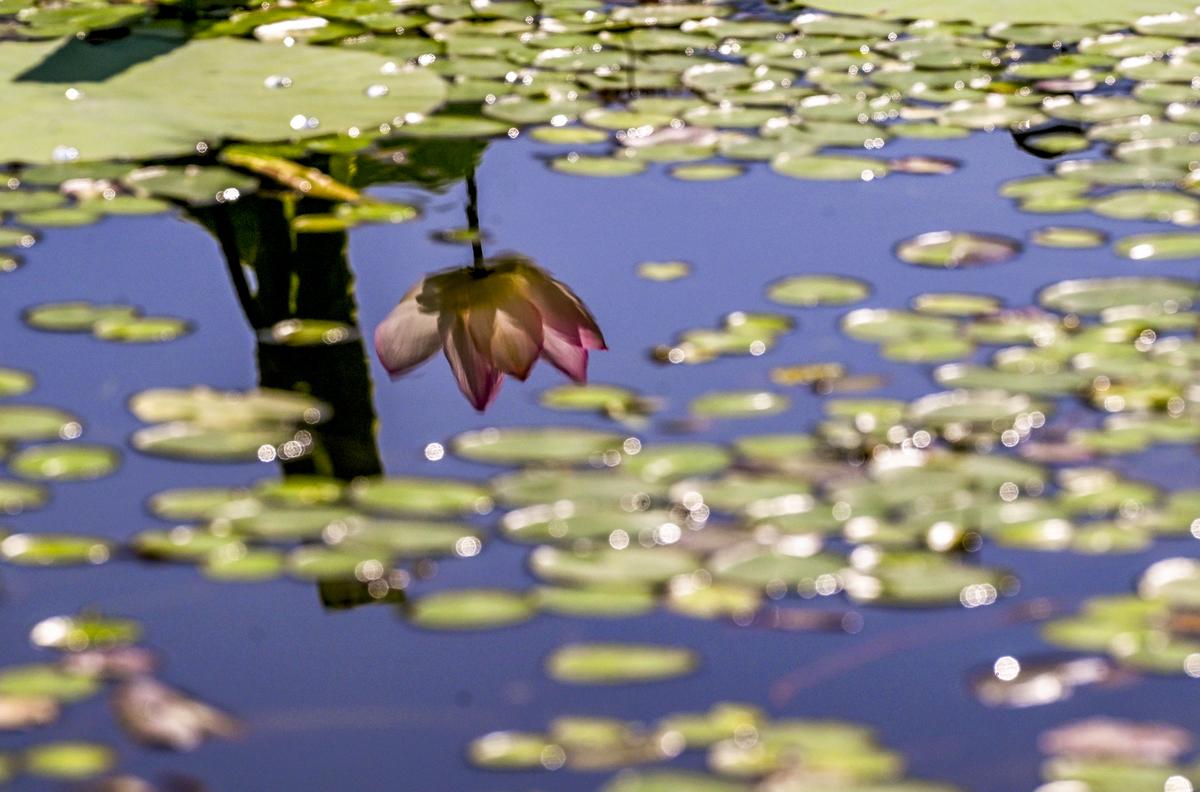
Photo:
Imran Nissar
Blurred yet distinct: Revived through desilting and conservation efforts, the lake now has lotuses along vast stretches.
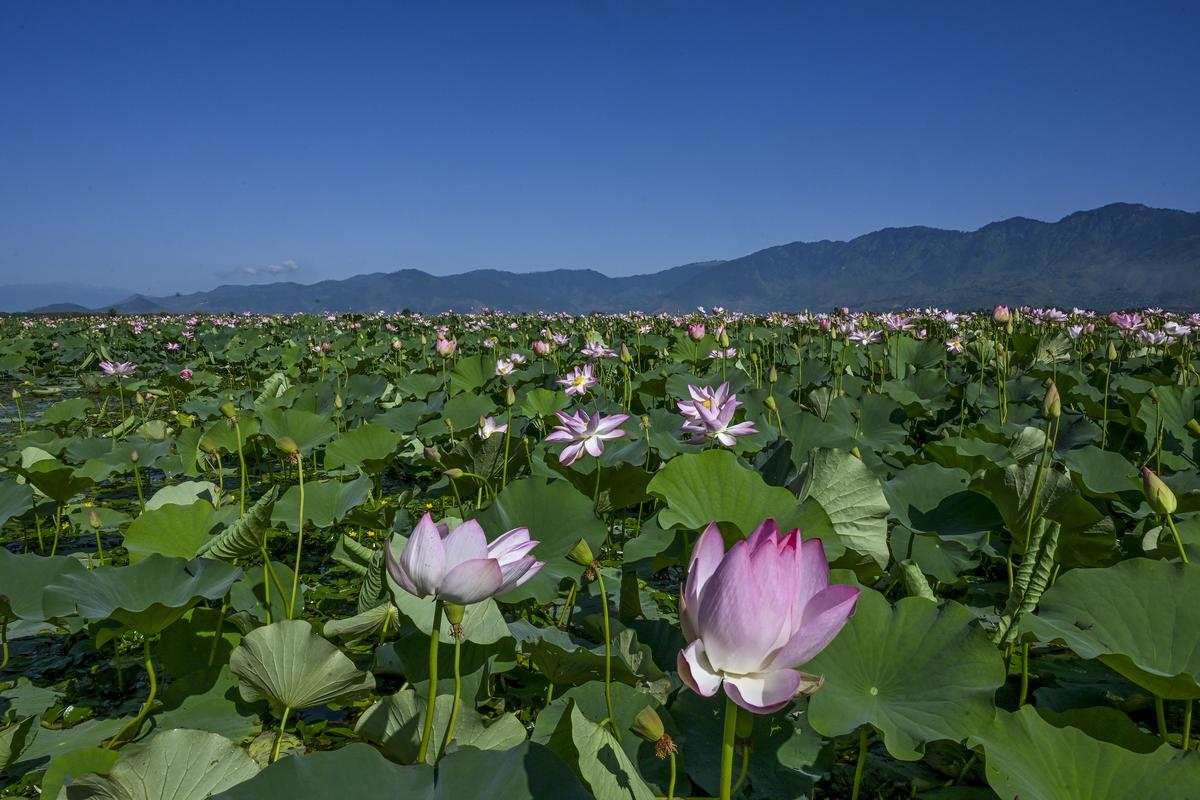
Photo:
Imran Nissar
Sight to behold: With mountains and vast stretches of largely unblemished nature all around, Wular lake is a picture-perfect locale. It is a sprawling lake, but the area fluctuates seasonally.
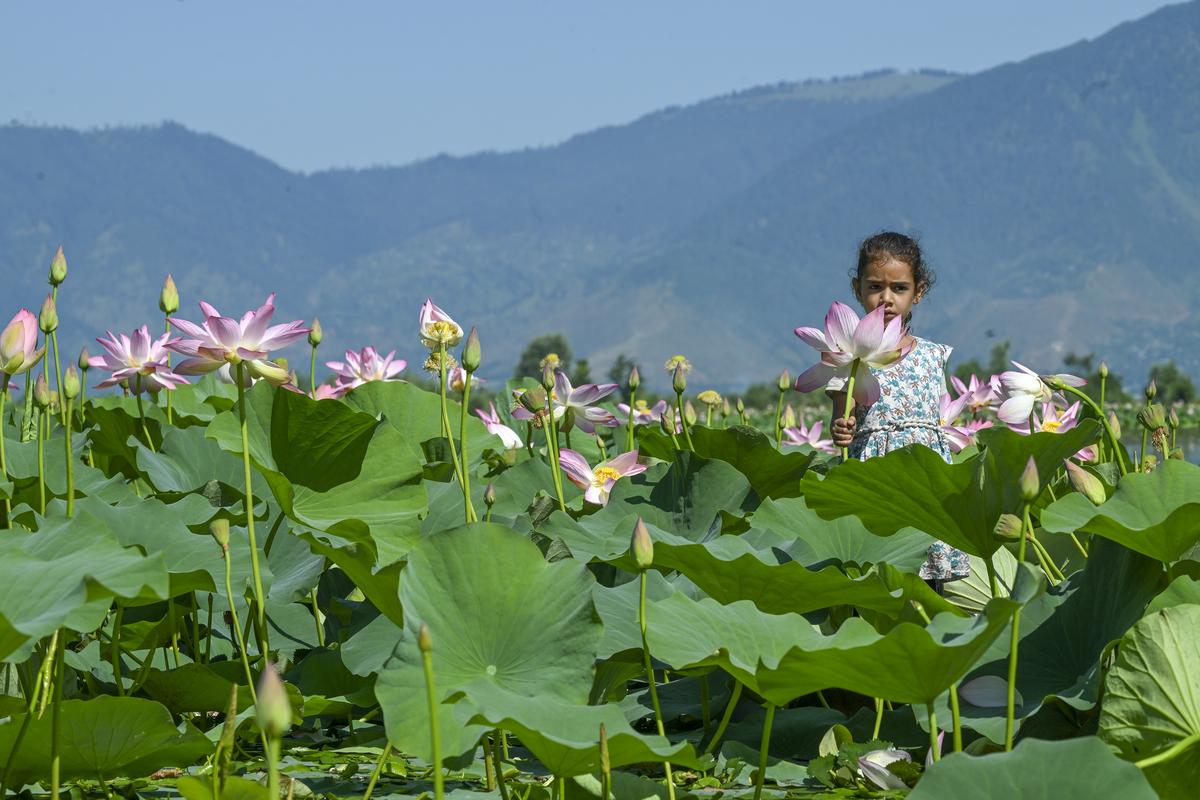
Photo:
Imran Nissar
Little flowers: A girl poses with a lotus from the lake. The stem of the plant is an important part of Kashmiri cuisine and is used by people in various traditional dishes.
Published – July 20, 2025 09:55 am IST

